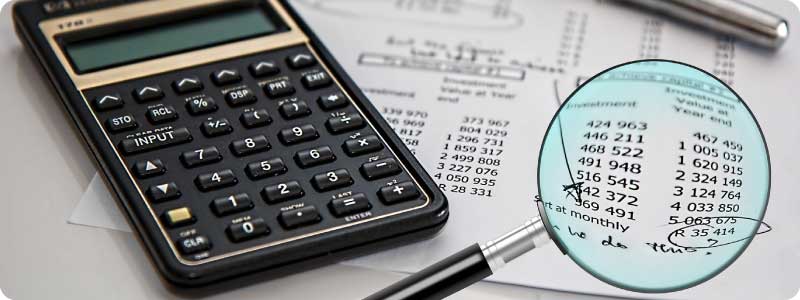
With growth though come certain business complexities. As a business grows, what was once probably the role of a single person or a small team of people becomes the role of an entire department. Departments can grow into tens, or hundreds of staff. This inevitably brings a level of complexity when it comes to controls.
It’s easy to control the accounts, finance and other economic aspects of a business when it’s just one or two people, but it’s not that easy once you have a large team. Who controls what, who checks what, who authorises what and so on. How can you be sure the data is accurate?
This is when a business needs to start exploring the notion of Internal Controls.
Table of Contents
1. What are internal controls?
2. Why are internal controls important?
3. What are the 7 internal controls procedures?
What are internal controls?
Why are internal controls important?
Internal controls can help a business track down problems, errors and, in a worst case scenario, track down and prevent fraud.
What are the 7 internal controls procedures?
2. Access controls
3. Physical audits
4. Standardised financial documents
5. Periodic trial balances
6. Periodic reconciliations
7. Approval authority
No.1 Separation of duties
Separation of duties involves splitting responsibility for bookkeeping, deposits, reporting and auditing. The further duties are separated, the less chance any single employee has of committing fraudulent acts. For small businesses with only a few accounting employees, sharing responsibilities between two or more people or requiring critical tasks to be reviewed by co-workers can serve the same purpose.
No.2 Access controls
Controlling access to different parts of an accounting system via passwords, lockouts and electronic access logs can keep unauthorized users out of the system while providing a way to audit the usage of the system to identify the source of errors or discrepancies. Robust access tracking can also serve to deter attempts at fraudulent access in the first place.
No.3 Physical audits
Physical audits include hand-counting cash and any physical assets tracked in the accounting system, such as inventory, materials and tools. Physical counting can reveal well-hidden discrepancies in account balances by bypassing electronic records altogether. Counting cash in sales outlets can be done daily or even several times per day. Larger projects, such as hand counting inventory, should be performed less frequently, perhaps on an annual or quarterly basis.
No.4 Standardised financial documents
Standardizing documents used for financial transactions, such as invoices, internal materials requests, inventory receipts and travel expense reports, can help to maintain consistency in record keeping over time. Using standard document formats can make it easier to review past records when searching for the source of a discrepancy in the system. A lack of standardization can cause items to be overlooked or misinterpreted in such a review.
No.5 Periodic trial balances
Using a double-entry accounting system adds reliability by ensuring that the books are always balanced. Even so, it is still possible for errors to bring a double-entry system out of balance at any given time. Calculating daily or weekly trial balances can provide regular insight into the state of the system, allowing you to discover and investigate discrepancies as early as possible.
No.6 Periodic reconciliations
Occasional accounting reconciliations can ensure that balances in your accounting system match up with balances in accounts held by other entities, including banks, suppliers and credit customers. For example, a bank reconciliation involves comparing cash balances and records of deposits and receipts between your accounting system and bank statements. Differences between these types of complementary accounts can reveal errors or discrepancies in your own accounts, or the errors may originate with the other entities.
No.7 Approval authority
Requiring specific managers to authorize certain types of transactions can add a layer of responsibility to accounting records by proving that transactions have been seen, analyzed and approved by appropriate authorities. Requiring approval for large payments and expenses can prevent unscrupulous employees from making large fraudulent transactions with company funds, for example.
In a Nutshell
New business or old, small business or big, internal controls can help weed out errors and prevent fraud.
At the same time, effective internal controls can give owners and shareholders the utmost confidence in the accounting data presented to them, allowing them to use the data effectively.
Got questions or feedback?
Are you in need of internal accounting controls for your business? Write to us at [email protected] and we will help. We are a fully fledged bookkeeping, accounting and tax consulting company that can help your business grow.